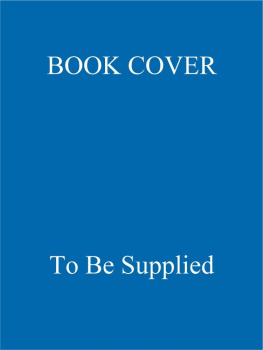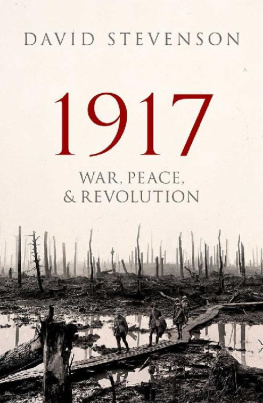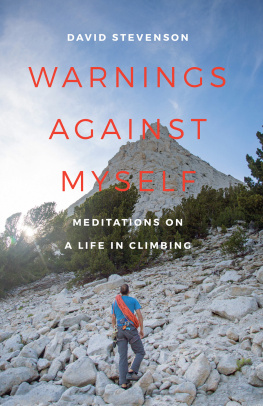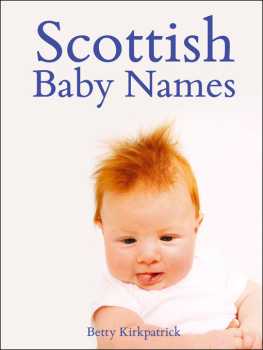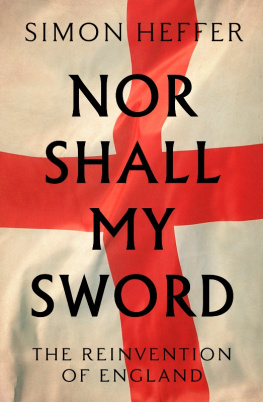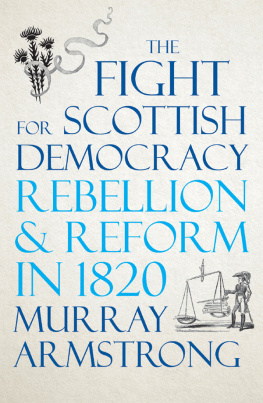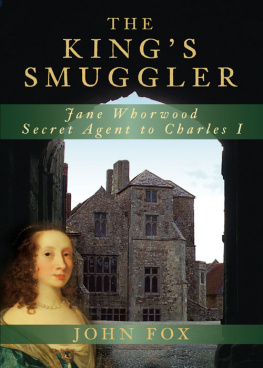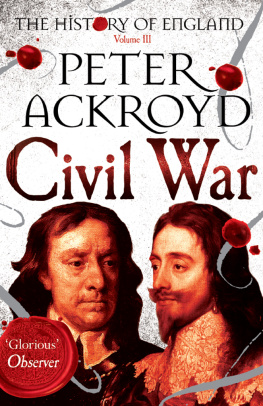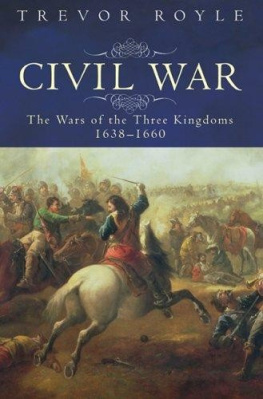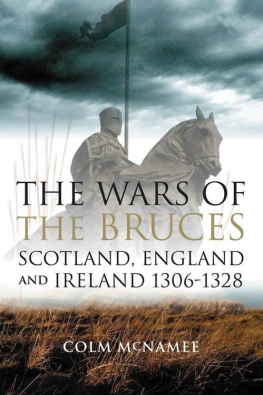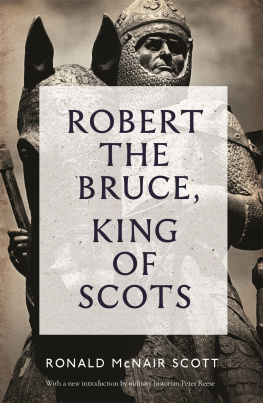
THE SCOTTISH REVOLUTION
16371644
The Triumph of the Covenanters
DAVID STEVENSON

To my parents, in gratitude
This eBook was published in Great Britain in 2022 by John Donald,
an imprint of Birlinn Ltd
Birlinn Ltd
West Newington House
10 Newington Road
Edinburgh
EH9 1QS
First published in 1973 by David & Charles, Newton Abbot
Copyright David Stevenson, 1973 and 2003
eBook ISBN 978 1 78885 420 7
The right of David Stevenson to be identified as the author of this book has been asserted by him in accordance with the Copyright, Designs and Patents Act 1988.
All rights reserved. No part of this publication may be reproduced, stored, or transmitted in any form, or by any means electronic, mechanical or photocopying, recording or otherwise, without the express written permission of the publisher.
The publishers gratefully acknowledge the support of the Strathmartine Trust towards the publication of this book

British Library Cataloguing-in-Publication Data
A catalogue record for this book is available on request from the British Library
Contents
Foreword
When my books The Scottish Revolution (1973) and Revolution and Counter Revolution in Scotland, 16441651 (1977) were first published, research into seventeenth-century Scottish history was a much neglected area. It had, long before, been annexed by Church historians, who tended to use it to stage replays of the sectarian Protestant controversies of their own day (Church of Scotland versus Free Church versus Episcopalian Church, etc.) in a two-centuries old setting. Demonstrating that in the seventeenth century controversies either Presbyterian or Episcopalian had been right scored a powerful point, for surely it proved that the descendents of the winner were in the right as well.
In an increasingly secular age, seventeenth-century Scotland treated in this way came to be perceived as a monotonous wasteland of squabbles over matter that seemed not just petty but boring. Moreover, as Churches themselves became embarrassed by sectarian pasts and turned to creating images of themselves as all being essentially of one faith, seventeenth-century fanaticisms became an embarrassment. Perhaps it was best to give themand the centurya low profile.
I came to the period as an atheist, though Scots-born and conscious that I was influenced by the Presbyterian tradition in which I had been raised. Living first in a firmly Presbyterian part of Belfast and then in Episcopalian England, I subsequently studied history in Catholic Dublinbut in a university that was Protestant-dominated because the archbishop of Dublin forbade Catholics under his jurisdiction from enrolling as students. Thus though I reacted against an approach to Scotlands past that presumed only religion mattered, I was primed against the equally distorting secularist assumption that religious controversy was unimportant.
As a student I was drawn to the seventeenth century partly through the boom in the study of the English Civil Wars created by Marxist influences that sought to detect, in the overthrow of the monarchy of Charles I and the establishment of a republic dominated by Cromwell, signs of deep social changes creating a moment of revolutionary potential that aspired to a more equal and democratic society. This revolutionary potential had come to nothing, had failed, but the fact that it had blazed even briefly could be interpreted as a reassuring sign, far back in history, of better things that would some day come to be. Of course it is easy to see (especially in retrospect) that what the Marxist-inclined historians were trying to do was what the nineteenth-century ecclesiastical controversialists in Scotland had done: they were seeking to use the past to increase the credibility of their personal beliefs.
Like most historical debates, in the end the English Revolution debate was to fizzle out in exhaustion, but the controversy had proved hugely enlightening. It provoked much research and publication of an enviable quality, and encouraged historians to go beyond established genres of constitutional, political and religious history to examine the structures of society and how they were changing, and to take account of the thoughts and experiences of ordinary people.
I found this ferment of ideas about the English revolution exciting and stimulating. But in some ways it seemed (to a Scot studying in Ireland) puzzling. It might seek to see if the English Civil Wars could claim a place in the world history of Revolution, yet it was often remarkably parochial. Englishmen only need apply. Yet the monarchy which was overthrown was a three-kingdom monarchy, the republic that replaced it had amalgamated all three kingdoms. And it had been civil wars first in Scotland and then in Ireland that led to civil war in England. Yet in accounts of the English Revolution, events in Scotland and Ireland were dealt with, as a stage direction might put it, as distracting noises off. Events in the two other kingdoms might impinge from time to time on English affairs, but essentially they had nothing to contribute to debate about why the Stuart monarchy fell. They were nothing to do with the real action. Provoked by this determined one kingdom outlook, I turned to this period in Scotland to see if what had gone on there really had been irrelevant to events in England. I quickly found one excuse at least for Englands historians silence about Scotland. If they had looked for enlightenment about what was happening there, they would have found the histories available gave the impression that little went on in Scotland except religious controversies. They would have been confirmed in their opinions that Scotlands experience was irrelevant to their concerns.
One conclusion that could be drawn from this was that if Scotlands contribution to the seventeenth-century upheavals in the period was to be accessible and comprehensible to historians south of the border, a less blinkered account of Scotland was needed, which acknowledged the importance of religion (just as it had to be acknowledged in England) but indicated that there were many other fruitful ways of approaching it.
The result of this was the two books that are now being reprinted. In having a chronological narrative as their base they may be thought of as being themselves old-fashioned in approach, but that seemed to me what was needed. An acceptable, non-sectarian modern narrative combined with analysis was necessary as a starting point for more specialist research, and to engage the attention of historians outside Scotland.
Another context in which the history of the period was being debated in the 1960s and 1970s, and which also contributed to these books, was that of the concept of a general crisis of the seventeenth century in Europe (and perhaps even beyond) that had led to civil wars in many countries in the mid-seventeenth century decades. Whether the crisis was basically one of economies, social structures or state formation was eagerly argued, but many were determined to find some common factor in the almost simultaneous upheavals in a number of different states. The historian is by profession a pattern-seeker, but at times we can try too hard.
Notable in the crisis debate, as in the revolution debate, was the absence of Scotland and Ireland, while England held centre stage. If my books were partly aimed at giving Scotland a leg-up onto the revolution bandwagon, they were also trying to get the country onto the general crisis one. Putting the books into these contexts might seem to suggest that they were contributions to controversies which are now dead, but in retrospect I hope they may also have contributed to a powerful new approach to the history of the three kingdoms which began in the 1970s to emerge from the revolution and crisis debates, and which has since contributed greatly to understanding of the mid-seventeenth centuryand indeed to that of much wider periods than that. Up to then, English, and Scottish history had tended to come in separate packages. When histories of Britain appeared, they were generally histories of England with occasional Scottish and Irish knobs onand some still are. But in the 1970s the search for a new British or three kingdoms history began, and has boomed ever since, inspiring new research, perceptions and insights. How to write a history which gives due place to the experiences of each of three kingdoms, when one of them, England, is much richer and more populous than the other two put together, is never going to be a question which has a universally agreed answer. Once English power expanded to create a three-kingdom state which she dominated the problem becomes even more difficult.
Next page
